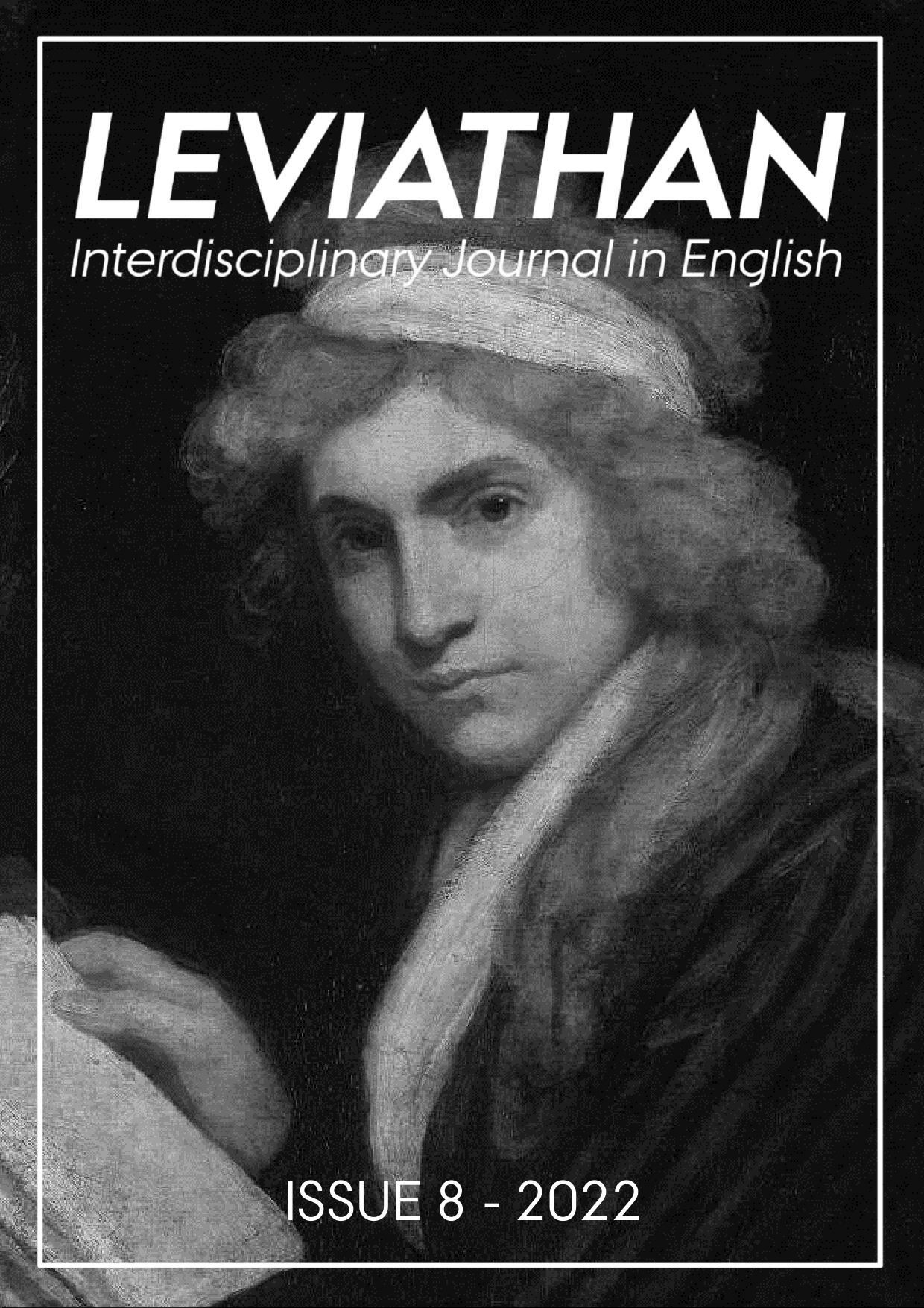Subtractive Bilingualism among Children in Immigrant Families, Family Cohesion and Acculturation
A Critical Overview
DOI:
https://doi.org/10.7146/lev82022132073Keywords:
subtractive bilingualism, heritage language, immigrant families, linguistic acculturation, English Linguistics 3: English in its Social and Regional SettingsAbstract
Subtractive bilingualism is a phenomenon that is common among children of immigrants, and refers to a process in which the acquisition of a second language results in the deterioration of the heritage language. This article is a critical overview of some of the literature surrounding this phenomenon in immigrant families residing in English speaking countries, as well as how it can affect family relationships. It is concluded that heritage language proficiency, as well as the simultaneous mastery of the heritage language and the dominant language, typically leads to improved relationships, while subtractive bilingualism often is associated with intergenerational conflict. However, many immigrant families navigate issues of communication brought about by subtractive bilingualism in a multitude of different ways, thus illustrating that the families do not necessarily become dysfunctional due to linguistic barriers, rather they employ strategies to minimize miscommunication.
References
Boutakidis, Ioakim P., Ruth K. Chao, James L. Rodriguez. 2011. “The role of adolescents’ native language fluency on quality of communication and respect for parents in Chinese and Korean immigrant families.” Asian American Journal of Psychology 2, no. 2: 128-139. Accessed May 22 2021. doi:10.1037/a0023606.
Cho, Grace. 2000. “The role of heritage language in social interactions and relationships: reflections from a language minority group.” Bilingual Research Journal 24, no. 4: 369-384. Accessed May 22, 2021. doi:10.1080/15235882.2000.10162773.
Fillmore, Lily Wong. 1991. “When learning a second language means losing the first.” Early Childhood Research Quarterly 6, no. 3: 323-346. Accessed May 22, 2021. doi: 10.1016/S0885-2006(05)80059-6.
Fleming, Kara and Umberto Ansaldo. 2020. Revivals, Nationalism, and Linguistic Discrimination: Threatening Languages. London; New York: Routledge, Taylor & Francis Group.
Lippi-Green, Rosina. 1994. “Accent, standard language ideology, and discriminatory pretext in the courts.” Language in Society 23, no. 2: 163-98. Accessed May 23, 2021. doi:10.1017/S0047404500017826.
McQuillan, Jeff and Lucy Tse. 1995. “Child language brokering in linguistic minority communities: Effects on cultural interaction, cognition, and literacy.” Language and Education 9, no. 3: 195-215. Accessed May 22, 2021. doi: 10.1080/09500789509541413.
Portes, Alejandro, and Lingxin Hao. 1998. “E pluribus unum: bilingualism and loss of language in the second generation.” Sociology of Education 71, no. 4: 269-94. Accessed May 22, 2021. doi:10.2307/2673171.
Portes, Alejandro, and Lingxin Hao. 2002. “The price of uniformity: language, family and personality adjustment in the immigrant second generation.” Ethnic and Racial Studies 25, no. 6: 889-912. Accessed May 22. doi:10.1080/0141987022000009368.
Tseng, Vivian, and Andrew J. Fuligni. 2000. “Parent-adolescent language use and relationships among immigrant families with East Asian, Filipino, and Latin American backgrounds.” Journal of Marriage and Family 62, no. 2: 465-76. Accessed May 20, 2021. doi: 10.1111/j.1741-3737.2000.00465.x.
Usita, Paula M., and Rosemary Blieszner. 2002. “Immigrant family strengths: meeting communication challenges.” Journal of Family Issues 23, no. 2: 266–86. Accessed May 20, 2021. doi: 10.1177/0192513X02023002005.
Waters, Macy C., Van C. Tran, Philip Kasinitz, John H. Mollenkopf. 2010. “Segmented assimilation revisited: types of acculturation and socioeconomic mobility in young adulthood.” Ethnic and Racial Studies 33, no. 7: 1168-1193. Accessed May 26, 2021. doi:10.1080/01419871003624076.
Downloads
Published
How to Cite
Issue
Section
License
Copyright (c) 2022 Leviathan: Interdisciplinary Journal in English

This work is licensed under a Creative Commons Attribution-NonCommercial-NoDerivatives 4.0 International License.
Attribution-NonCommercial-NoDerivatives 4.0 International (CC BY-NC-ND 4.0)
You are free to share (copy and redistribute the material in any medium or format).
However:
You may not use the material for commercial purposes.
You must give appropriate credit, provide a link to the license, and indicate if changes were made. You may do so in any reasonable manner, but not in any way that suggests the licensor endorses you or your use.
If you remix, transform, or build upon the material, you may not distribute the modified material.
You may not apply legal terms or technological measures that legally restrict others from doing anything the license permits.





